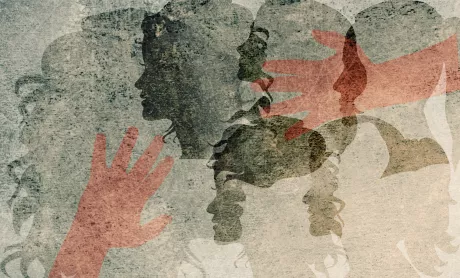The Triangle of Trauma: Victim, Victimizer & Rescuer
An In Person Interactive Training

April 21, 2024: 9:30 am - 5:30 pm MT
Doubletree by Hilton Salt Lake City Airport
5151 Wiley Post Way
Salt Lake City, Utah 84116
Special Room Rate of $135/per night: https://www.hilton.com/en/attend-my-event/slcardt-emd-1942a739-bccf-4786-837e-92b78bd180b2/
admin@emdrtherapy.com
It's Not Just About What Happened. It's Also About What Happened Next.
In this training, we will explore how the client's survival strategies from childhood developed into adaptations that have now taken on a life of their own and are a source of difficulties for client and therapist alike. We will also examine how these patterns can generate reactions in us and how we can use these moments as opportunities for repair and transformation.
Have an In-Person Experience with Colleagues
As therapists, we too have memory networks that inform how we relate to our clients. We will explore how we respond to different presentations that can inadvertently bring us into the Triangle dynamics. Through lecture, small and large group discussion, client video segments and a live demonstration, you will learn to:
- understand Karpman’s Drama Triangle and how that can inform the dynamics in the therapeutic dyad when treating complex developmental trauma;
- identify adaptations to their developmental trauma based on formative attachment experiences;
- recognize the developmental deficits and facilitate corrective experiences in reprocessing through the use of clinical interweaves;
- recognize the difference between core affective responses versus defensive affective responses;
- identify and work with parts of self that the client may be over-identified with in their relational stance;
- identify one or more blocking beliefs that get in the way of reprocessing
- learn how to apply the Empowerment Dynamic as a way to transform the triangle dynamics
- apply mindful attunement to track both the therapist’s and the client’s felt experience;
- identify and be able to successfully navigate working through an enactment within the therapeutic dyad.